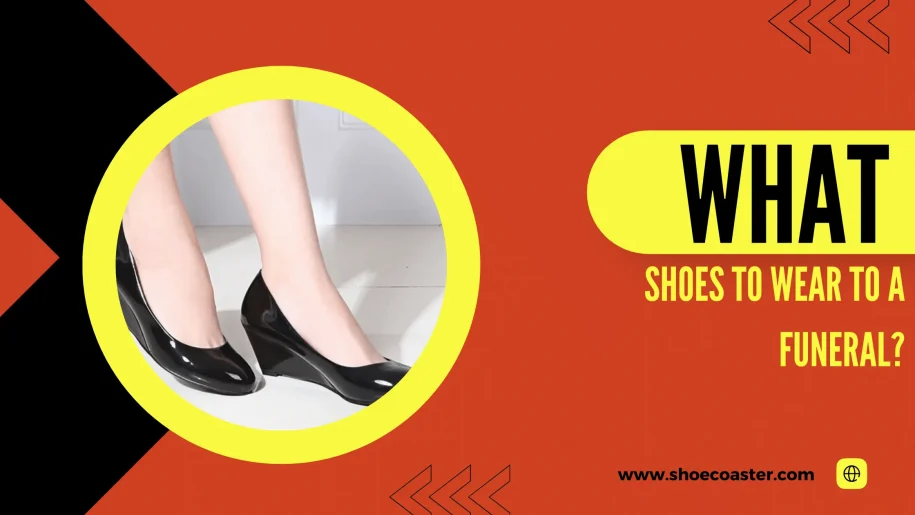Diabetic shoes are specifically designed to reduce common foot problems associated with diabetes. With extra comfort and support, these shoes can help prevent serious complications such as blisters, Bunions, plantar fasciitis, and Charcot Foot, all of which may result from having high-stress feet.
Learn more about the features of diabetic shoes in this post to find out if they could be a good fit for your shoe wardrobe!
Diabetic shoes are specifically designed to address foot health challenges that often arise in individuals with diabetes. From circulation problems to neuropathy, diabetes can impact the feet in numerous ways. Here’s a deeper look into the design and characteristics of diabetic shoes.
Understanding The Design of Diabetic Shoes:
Protective Inserts:
- Diabetic shoes often come with specially designed insoles or inserts. These are typically made of soft, cushioning materials that evenly distribute foot pressure.
- Some inserts are customizable, taking the shape of the individual’s foot, which helps reduce pressure points.
- They are often removable, allowing for replacements or adjustments as needed.
Soft Materials:
- The materials used in diabetic shoes are usually soft and flexible, ensuring they don’t rub against or irritate the skin.
- Given the risk of blisters and sores in people with diabetes, having non-binding materials that can conform to the foot without causing friction is crucial.
Wide Toe Box:
- A spacious toe box is essential to prevent cramping, which can lead to pressure points.
- It ensures toes can spread naturally and reduces the risk of overlapping or rubbing.
Seamless Design:
Interior seams can cause irritation or abrasions, especially in those with sensitive or neuropathic feet. Diabetic shoes often have minimal seams or are designed with seam placements that reduce direct contact with the foot.
Breathability:
Diabetic shoes are designed to provide adequate ventilation, ensuring feet remain dry. Moist environments can promote fungal infections, particularly problematic for people with diabetes.
Characteristics of Diabetic Shoes: What Makes Them Different?
1. Depth:
Diabetic shoes are typically deeper than regular shoes, accommodating the thick cushioning insoles or orthotic devices that may be prescribed.
2. Adjustability:
Features like Velcro closures or adjustable straps are standard in diabetic shoes. This allows the user to achieve a snug fit without the pressure that traditional laces might exert.
3. Firm Heel Counter:
A reinforced heel area provides added support and stabilization, reducing the chances of foot rolling or misalignment.
4. Non-Slip Soles:
To prevent falls or slips, diabetic shoes often have non-slip soles, ensuring safety for the wearer.
5. No Pressure Points:
The design prioritizes eliminating potential pressure points, ensuring nothing inside the shoe could cause irritation, like protruding stitching or inner tags.
6. Ability to Accommodate Special Needs:
They can be customized to accommodate foot deformities, such as hammertoes, bunions, or Charcot’s foot.
Exploring Different Types of Diabetic Shoes: From Sneakers to Sandals
1. Diabetic Sneakers:
These are perhaps the most commonly worn type of diabetic shoe, thanks to their versatile design and comfort. Diabetic sneakers are often more profound than standard sneakers, with additional padding and a roomier toe box.
2. Diabetic Dress Shoes:
Crafted for formal occasions, these are designed to look elegant while maintaining the core principles of diabetic footwear. They generally feature soft, breathable materials, spacious toe boxes, and removable insoles to accommodate custom orthotics.
3. Diabetic Boots:
Whether ankle-high or higher, diabetic boots prioritize foot protection from environmental factors. Like other diabetic shoes, they come with added depth and cushioning and often have easy-to-use closures.
4. Diabetic Sandals:
While open shoes might seem counterintuitive for diabetic foot protection, diabetic sandals are crafted with protective features. They typically have a broad base, adjustable straps, and cushioned footbeds. The openings are designed to prevent pressure points and might have closed toes for added protection.
5. Diabetic Slippers:
For indoor use, these prioritize softness and comfort. Diabetic slippers often have non-slip soles, ample cushioning, and a design that ensures the foot is fully enclosed and protected.
6. Diabetic Athletic or Walking Shoes:
Made for those who are active, these shoes combine the features of traditional athletic shoes with the specifications needed for diabetic foot care. They’re excellent for walking routines, ensuring foot safety during physical activity.
Choosing The Right Diabetic Shoes: Factors To Consider
1. Purpose And Occasion:
Determine the primary use for the shoes. Sneakers or walking shoes might be best if you need them for daily activities. For formal occasions, consider diabetic dress shoes.
2. Fit:
This is paramount. The shoes should be tight enough and tight enough. An improper fit can lead to friction or pressure points.
3. Material:
Look for breathable materials like leather or certain synthetic meshes. Breathability reduces the risk of fungal infections.
4. Closure Type:
Velcro, slip-ons, or laced? Consider which type is most accessible for you and provides the most comfort and adjustability.
5. Insole and Cushioning:
Ensure the insole is sufficiently cushioned. Also, check if it’s removable if you need to replace it with a custom orthotic.
6. Toe Box:
A spacious toe box can prevent complications related to hammertoes or other toe deformities.
7. Heel Support:
A reinforced heel area provides stability and ensures the foot is aligned correctly.
8. Depth of the Shoe:
Diabetic shoes should be deep enough to accommodate any inserts or orthotics you might use.
Remember, while style and aesthetics are factors, the primary goal is comfort and protection. With the array of diabetic shoes available today, you can find something that meets your health requirements and style preferences.
Maintenance Tips: Caring for Your Diabetic Shoes
Just like any other pair of shoes, diabetic shoes require regular maintenance to ensure they protect your feet effectively. Here are some tips for caring for your diabetic shoes:
- Keeping your shoes clean and free from dirt and debris is essential. Use mild soap and warm water to wipe down the shoe’s exterior regularly.
- After wearing your diabetic shoes, allow them to air out for a few hours before storing them. This will help prevent the buildup of bacteria and odors.
- Inspect your shoes regularly for any signs of wear and tear, such as holes or loose stitching. If you notice any damage, they must be repaired or replaced immediately.
- Diabetic shoes are not waterproof, so avoid wearing them in wet conditions. If your shoes do get wet, make sure to dry them thoroughly before wearing them again.
- It’s a good idea to have more than one pair of diabetic shoes and alternate between them. This will extend the lifespan of your shoes and give them time to air out between wearing.
- If your diabetic shoes have removable insoles, they must be replaced periodically. You can also add additional cushioning or support with custom orthotic inserts.
Conclusion:
Living with diabetes can be challenging, but taking small steps to prioritize your foot health can make a big difference. Wearing diabetic shoes is one of the most essential measures to ensure your feet stay healthy and in optimal condition.
If you’re considering diabetic shoes or have any questions, don’t hesitate to talk to your doctor or podiatrist! Making sure that your feet stay healthy and comfortable should be a priority for everyone with diabetes, so don’t ignore the importance of diabetic shoes!






